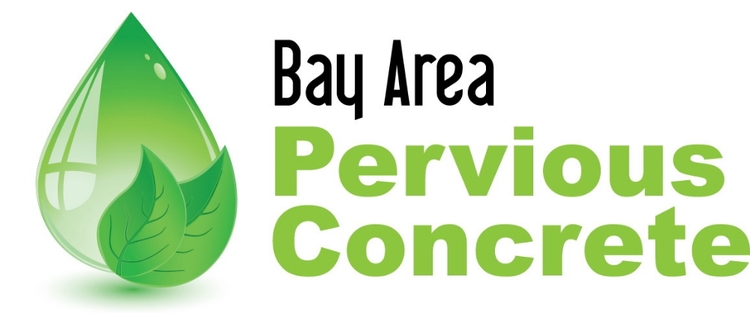For the winter of 2015-2016 scientists at Climate Prediction Center are predicting a 95% chance that a very strong El Niño will affect the country's weather pattern. One scientist has even gone as far as calling it a "Godzilla" El Niño . What this means for California is an increase in the amount of expected rainfall this fall and winter. Which for many is a welcome relief from 4 years of drought, but there is a catch.
The NOAA/Climate Prediction Center outlook for total precipitation for December-February 2015/16, issued in the third week of October. Green areas indicate places with an increased chance for above normal rainfall, while brown areas show an increased chance for below normal rainfall. “Normal” is defined by the rainfall that was observed in middle one-third of the cases during the 30-year period of 1981-2010. The numbers show the probability for above-normal (if green) or below normal (if brown) rainfall. White areas indicate no forecast direction, and an equal (33.3%) probability for any of the three possibilities (below normal, near normal or above normal). Pie charts show the probabilities for the three categories for specific locations as indicated by lines from the pie to somewhere on the U.S. map. NOAA Climate.gov maps, based on CPC data.
The last time that the category of El Niño was considered Very Stong was the winter of 1997-1998, where many California communities suffered from mudslides and flooding. This year's El Niño is showing signs that it could be even stronger. There is a strong chance that the Bay Area could see as much as twice the annual precipitation, maybe above 40 inches of rain. This could greatly impact the state by damaging homes, disrupting transportation systems, schools, and businesses - potentially costing state residents billions of dollars.
Many cities are preparing for the additional rainfall by cleaning out their waterways and storm systems. California officials are warning people to prepare for potential flooding conditions. You may be asking, "What can I do to reduce the risk of flooding for my home or business?" One really important thing you can do is decrease the amount of impervious surfaces that surround your home or business. Impervious surfaces do not allow for water to infiltrate into the soil as it normally would in a rain event. Instead the water that falls on the ground gets concentrated into storm drains, canals, and pipes. Once those systems have reached capacity urban flooding and sewer back-ups occur. By increasing the amount of pervious surfaces around your property you can reduce the amount of water that is flowing into the larger stormwater systems - thus reducing the risk of flooding.
One way you can do this is by replacing sidewalks, driveways, parking lots, patios, and roads with pervious concrete. See in the video below just how pervious concrete can help prevent flooding and puddling, and reduce your winter weather risk.
Luckily, installing pervious concrete is one type of El Niño preparation you may be able to receive a rebate for. Saving you money upfront and in the long run! In many cities and water districts in the Bay Area there are rebates to replace impervious surfaces, or water consuming lawns, with pervious concrete. Currently, the cities of Pacific Grove and Palo Alto offer the largest pervious concrete rebates of $2.00 and $1.50 per square foot for both residential and commercial properties. Other Bay Area water districts provide rebates for lawn replacement programs, that allow pervious concrete to make up 50% of the lawn replaced, these districts include Santa Clara County, Scotts Valley Water District and the Bay Area Water Supply & Conservation Agency aka BAWSCA (which covers many smaller peninsula districts). Learn more about pervious concrete rebates by visiting our FAQ page.
If you would like an estimate to help prepare your home or business for El Niño with pervious concrete, please contact us.
